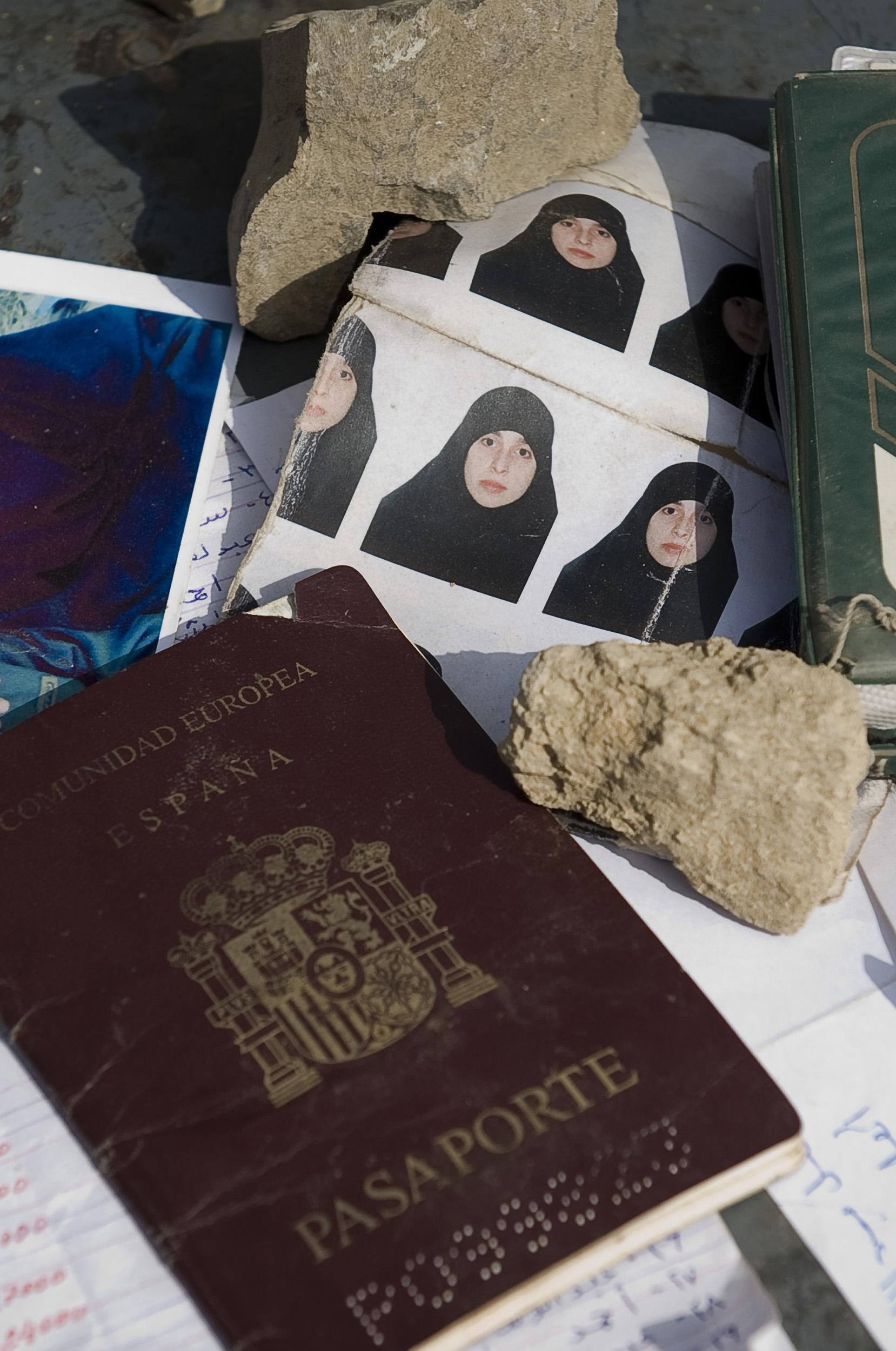Case study
Raquel Burgos García was born in Madrid. She married Amer Azizi, a senior al Qaeda operative, and fled to Pakistan with him and their three children. She is believed to have died in a drone strike in December 2005.
García was an only child and a happy 20-year-old, her father later told reporters. She lived in Madrid’s Barrio de la Concepción and was a journalism student when she met Amer Azizi, a Moroccan-born Islamist. Then 27, he had arrived in Spain after training in explosives and fighting in Bosnia. He was allegedly looking for a Spanish wife as a route to a Spanish passport.
In 1996 after meeting Aziz, García began to change, according to her father. She always wore black, always wore a burqa, and became increasingly isolated, seeing less of her friends and family. In May 1998 she changed her name to Anani (‘cloud’ in Arabic). That year she married Azizi in the M-30 Mosque in Madrid. Her father reportedly did not attend the ceremony as he did not approve of the match.
However according to El Pais he gave them an apartment at 24 Calle del Buen Gobernador, near the restaurant he ran on Calle de Alcala. García’s father also gave them €300 every month because Azizi did not work, apart from doing occasional Arabic translations. An anonymous associate told a Spanish paper García would do anything for her husband.
The couple later lived at Calle Isla de Saipan where they lived in an austere apartment in a two-storey building, according to El Mundo. A neighbour told the paper García was ‘a slave’; Azizi would beat her, even when she was six months pregnant. They had three children together.
From 2001 onwards the details of García’s life become vague and confusing. In February 2001 García renewed her passport. Six months later, in August, she applied for a new passport. According to recordings made by the Spanish police, who were monitoring Azizi on terrorism grounds, she called her father shortly after the September 11 attacks and told him she was moving to Casablanca, in Morocco. ‘Here things are not good for Muslims,’ she told him. This was the last time they would ever speak, her father told El Mundo.
Azizi came under increased suspicion after the September 11 attacks, as he had helped organise a meeting attended by several participants. On October 11 2001, Azizi bought himself a plane ticket to Tehran, Iran. He reportedly used go-betweens named Mustafa Maymouni and Malek to set his wife and children up in Morocco, sending them €15,000. A month later police raided their home but found them gone. Her Moroccan registration card gave her address as 35 Sidi Maarouf in the Mandarouna neighbourhood of Casablanca.
In the summer of 2002, she left Morocco to meet Azizi. Reports differ on whether she travelled through France or took her children in a container ship passing through London. At this point reports of the whereabouts of García and her children stop altogether, until her passport and Moroccan identity card were found in a Taliban base in Shelwasti, South Waziristan, in late October 2009.
It is possible she met up with her husband in Iran after leaving Morocco: her passport had an Iranian visa and passport control stamps. It also had an unused Indian visa and no Pakistani visa or stamps in it, Time reported. A Pakistani army spokesman told El Pais they did not know when she entered the country, or how long she had been there.
Her documents were found along with the passport of Said Bahaji, a German. Bahaji was a suspect in the September 11 attack, and a friend of lead hijacker Muhammad Atta. He fled to Pakistan a week before the attacks on the US. Confusingly, a key member of the Hamburg cell behind the September 11 attacks told courts Bahaji and García were married, and had two children. The New York Times also reported that García was believed to be married to Bahaji.
There was speculation after her death that she had become a low-level al Qaeda operative in Afghanistan, or that she had become an al Qaeda courier. For this reason she is not classed as a civilian, but instead as ‘unknown’ – the only woman so far in the Bureau’s drones data to be classed as such.
It is now understood she died in the same drone strike that killed her husband, on December 1 2005. A senior Spanish intelligence official told Spanish magazine Interviu the US would never admit to her death, and Madrid would never officially acknowledge it, but the intelligence services were sure she was killed. It is not clear what happened to her children.
Photo: AP Photo/Nicholas Asfouri
Sources and Citations
Spanish intelligence officials (Interviu)
References


